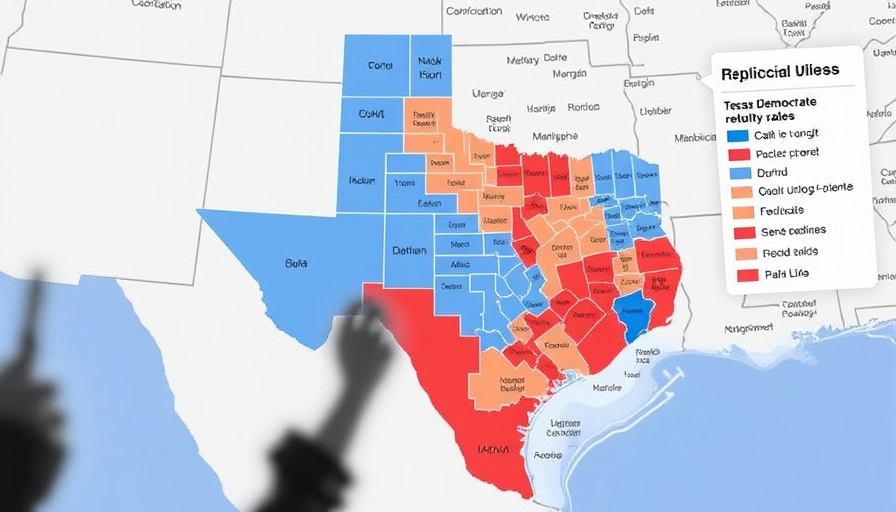
Severe Thunderstorms Loom Over North Texas This Tuesday
As the sun sets on Monday, an ominous storm system is set to sweep across North Texas, bringing with it heightened risks for severe thunderstorms. The National Weather Service has issued an Enhanced Risk alert for severe weather, particularly affecting the Dallas-Fort Worth area, as storms are expected to roll in during the early hours of Tuesday morning. This same storm system is also creating a Wind Advisory, which will remain in effect until Tuesday night and is coupled with concerns over elevated fire dangers due to low humidity and strong winds.
What to Expect: Strong Winds and Potential Tornadoes
The storm system will begin impacting the region around 5 a.m. Tuesday, coinciding with the morning commute for many. Wind gusts could reach up to 60 mph, alongside the possibility of large hail. Although the tornado risk is generally low, meteorologists warn that quick, spin-up tornadoes could still occur as the storms develop into a squall line.
In particular, counties such as Cooke, Montague, Jack, and Palo Pinto are currently under a tornado watch until 5 a.m. Tuesday morning. As the storms push further southeast into the DFW area, residents are encouraged to remain vigilant and monitor the weather closely.
Wind Advisory: Preparing for Strong Winds
The current Wind Advisory indicates that sustained winds of 20 to 35 mph, with gusts potentially hitting 50 mph, will create hazardous conditions. Those with outdoor equipment are urged to secure their belongings to prevent damage from winds capable of knocking down small tree limbs and blowing unsecured items around.
Drivers, particularly those with high-profile vehicles, should exercise caution as travel may become difficult during the wind's peak strength later on Tuesday.
Fire Hazard: A Critical Concern
In conjunction with the storm threat, the dry conditions currently prevailing in Texas pose a serious fire risk. The winds and lack of humidity can exacerbate this danger, especially in areas west of I-35. Residents are reminded to be cautious regarding open flames and outdoor activities that could ignite a fire.
The Weather Outlook: Tuesday Afternoon and Beyond
Following the storms, the weather is expected to take a calmer turn. The tumultuous conditions should dissipate by Tuesday afternoon, leaving behind dry, warm, and windy weather. Forecasters explain that once the storms have moved east, this will alleviate some of the immediate dangers. However, challenges such as blowing dust in metro areas may still arise due to the high winds.
Actionable Insights: How to Stay Safe During Severe Weather
As the threat of severe weather looms, being prepared is essential. Ensure you have a reliable source for weather updates, like the NBC DFW app, to stay informed. Moreover, consider the following strategies to protect yourself and your property:
- Secure outdoor items and equipment that can be easily blown away.
- Plan ahead for your travel routes, especially if you're driving a high-profile vehicle.
- Remain indoors during the peak storm hours and avoid any outdoor activities that may pose risks.
By taking these precautions, residents can reduce their risk and stay safe as North Texas braces for its stormy forecast.
In closing, North Texans are advised to remain weather aware as the potent storm system heads their way, with expert meteorologists continually monitoring conditions for updates. As always, stay informed and heed warnings from local authorities to ensure safety during this turbulent weather.
 Add Row
Add Row  Add
Add 




Write A Comment